Knowledge
07.06.2023 GEMSTONES: A SPECULATIVE INVESTMENT?
Investing in gemstones is popular not only in times of crisis. Natural, untreated colored gemstones, in particular, are an excellent addition to an existing investment portfolio thanks to their stable value. But how crisis-proof is an investment in gemstones, and which stones are suitable for long-term investment without a speculative character?

IS A GEMSTONE INVESTMENT SPECULATIVE?
Almost all of the world’s noble families have secured their long-term wealth with jewelry and precious stone collections. In times of crisis, jewels have always served as an alternative currency. As investments, gems are attractive primarily because they are not volatile, are small and easy to store, and have a concentration of value many times higher than that of any other known investment. Additionally, rarity and demand are steadily increasing, which drives up prices and naturally protects the stones from inflation. In recent years, colored gemstones, such as rubies and sapphires, have increased in value by around 6-8% per year.
In this sense, investing in gemstones is not speculative; it is a conservative investment. As with all investments, there is some risk, but gemstones are not expected to increase or decrease in value exponentially. Gemstones preserve the value of liquid assets and should be considered a long-term investment.
In recent years, colored gemstones such as ruby and sapphire have experienced an increase in value of around 6-8% per year.

WHICH GEMSTONES ARE SUITABLE FOR INVESTMENT?
Not all gemstones are suitable for investment. Only natural, untreated gemstones of high quality are suitable investments. The three classics — ruby, sapphire, and emerald — are conservative choices. If you have a long time horizon, diamonds are also an option. Those with an existing gemstone portfolio can supplement it with tourmaline, alexandrite, tanzanite, and others to diversify. Unlike traditional investment-grade gemstones, these rare stones are more speculative and can increase significantly in value if they suddenly become fashionable and demand increases. They are recommended only for experienced investors.

Ruby
A ruby is a red variety of the mineral group corundum and is often called the “king of gemstones”. Rubies with a pigeon’s blood red color, which is a strong red with a bluish tint, are particularly sought after. Rubies have experienced the greatest increase in value of any gemstone in recent years. Its value has increased tenfold since 1995.
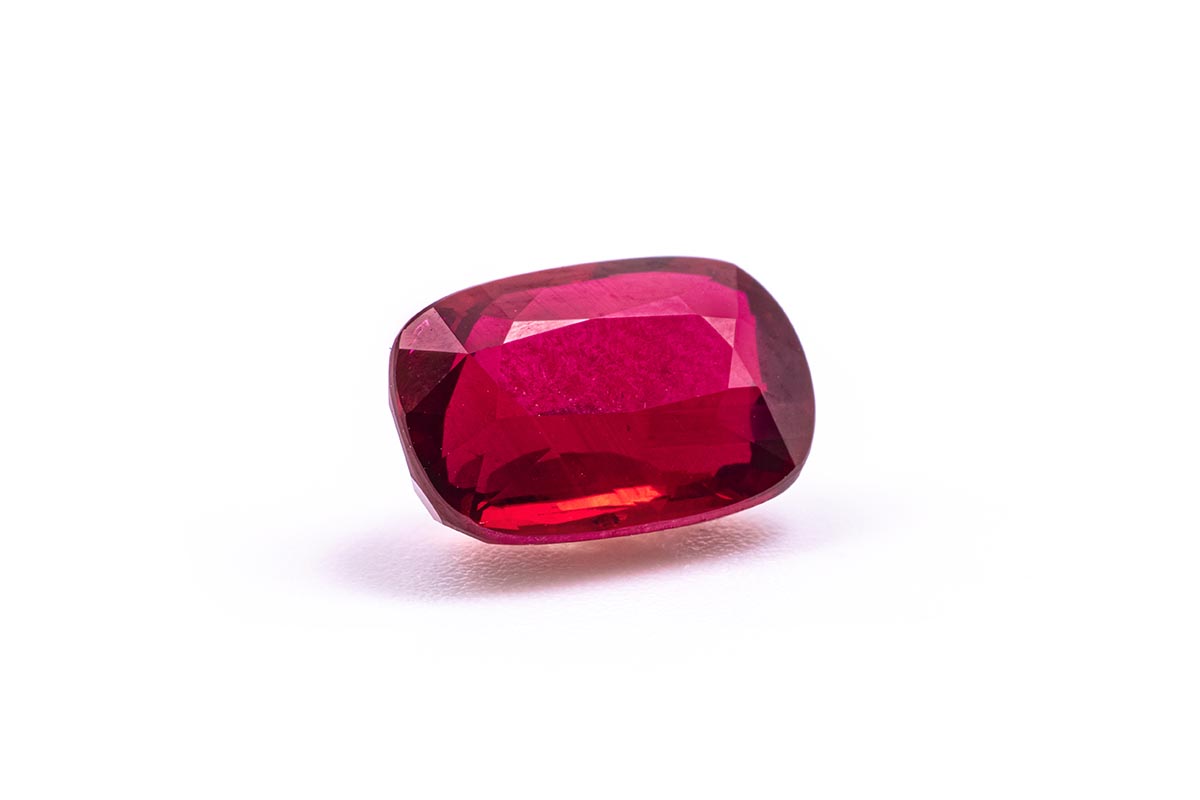

Sapphire
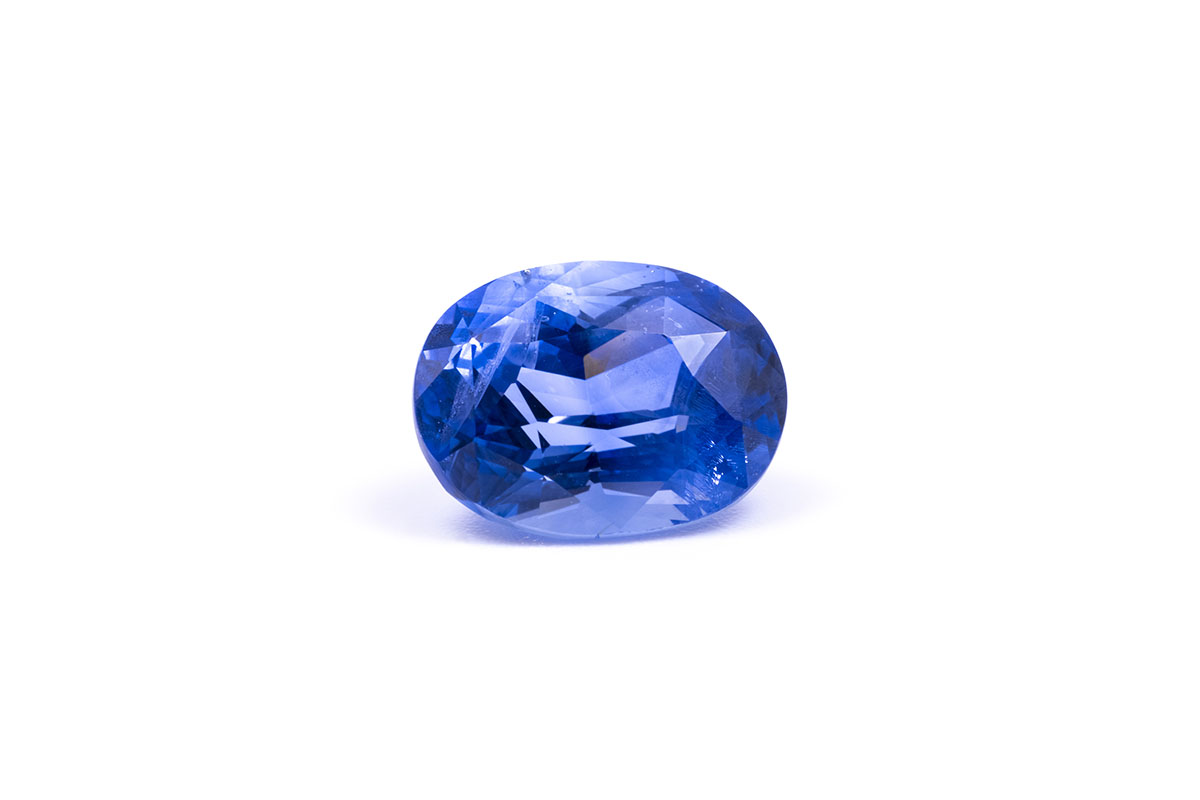
Sapphire is also a variety of the mineral corundum. Red corundum is called “ruby,” while all other colors are grouped under the name “sapphire”. The most well-known sapphire is blue, but they also come in other colors, such as pink, yellow, and orange. Larger sapphires, which are rare, are especially suitable as an investment.

Emerald
Emerald is the green variety of the mineral beryl. It was already mined in ancient Egypt, and it is now mostly found in South America, Africa, and the Ural Mountains. Emeralds almost always have small inclusions called “jardins”. The greener an emerald is and the fewer inclusions it has, the higher the price.
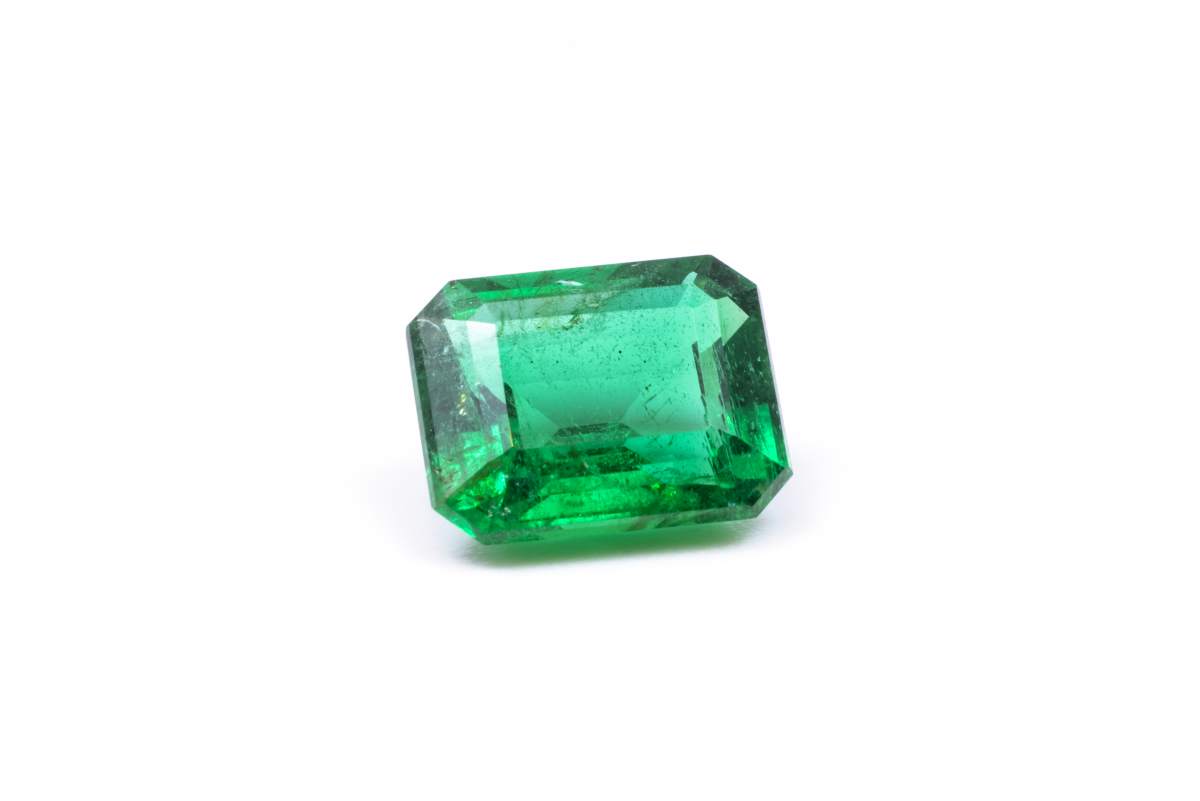

Tourmaline
Tourmaline occurs in a wide variety of colors. Its name comes from Sinhalese and translates as “stone of mixed colors.” The intense turquoise-blue Paraíba tourmaline is particularly sought after. In recent years, the price of top-quality tourmalines has risen sharply.
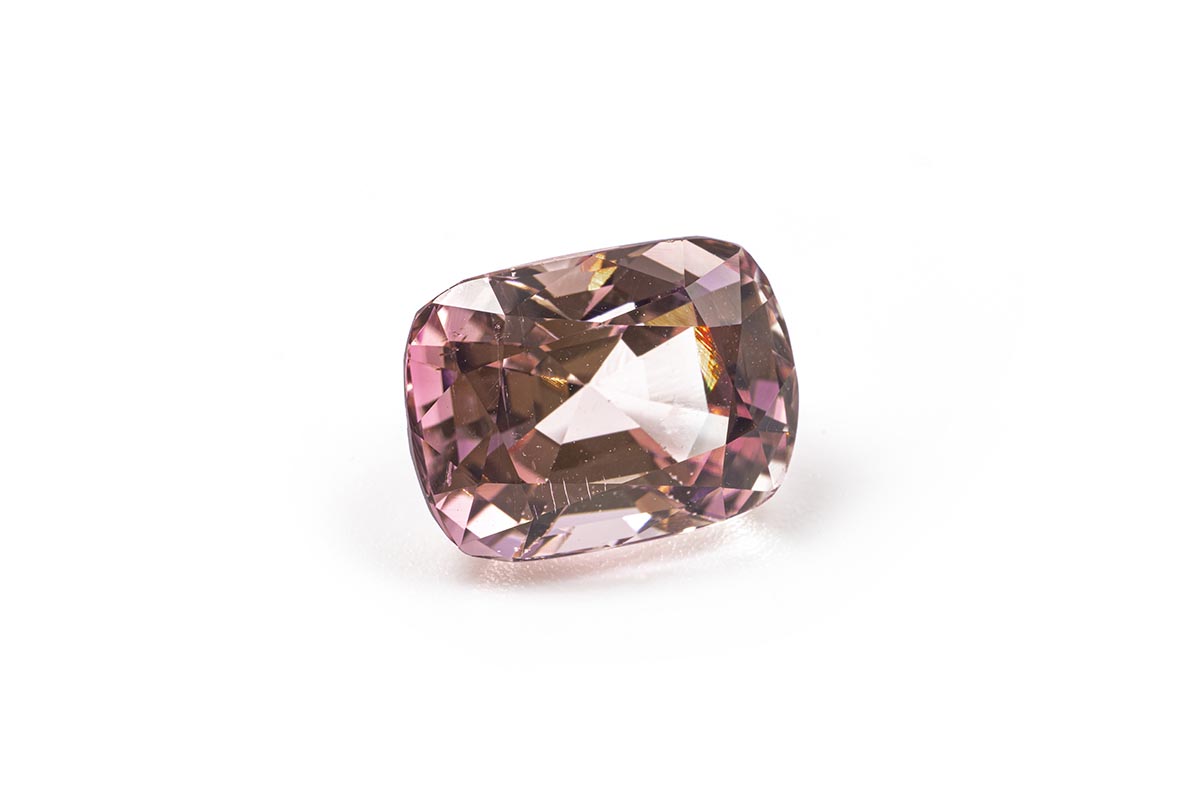

Alexandrite
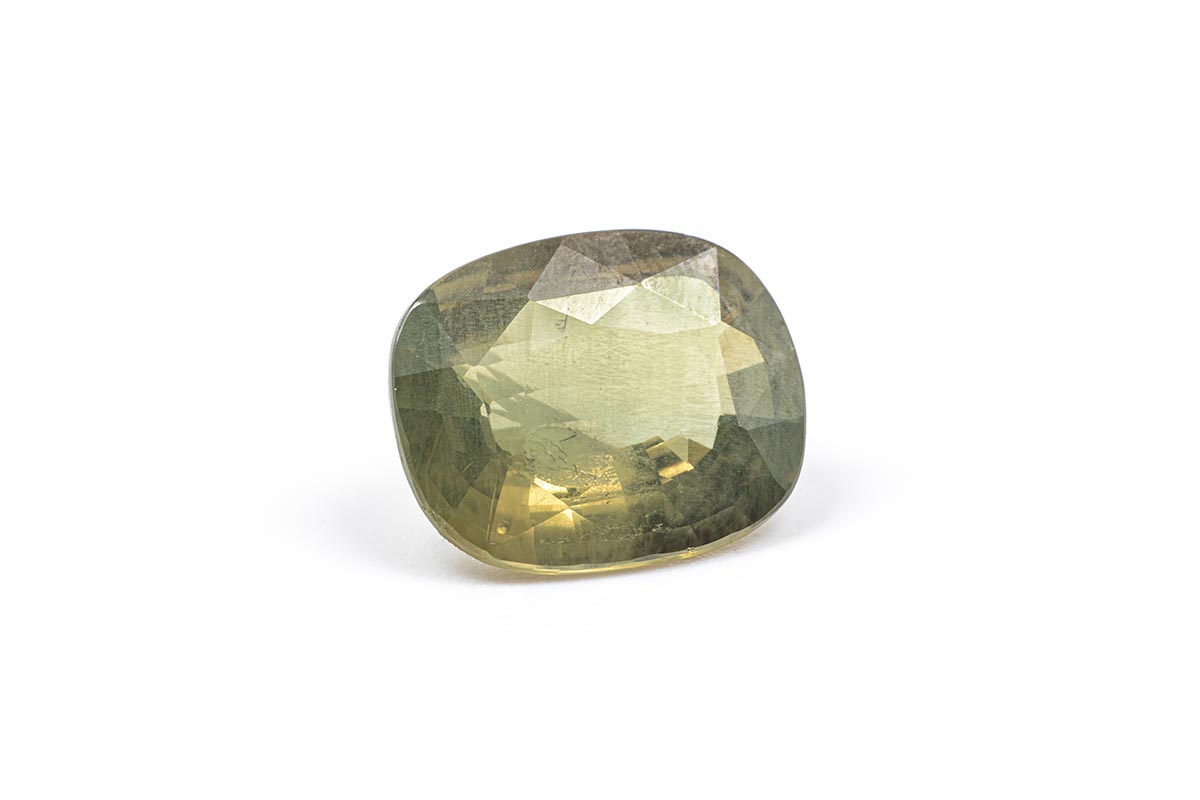
This color-changing variety of chrysoberyl is known by the trade name “alexandrite” and is named after the Russian tsar Alexander II. Depending on the composition of the incident light, alexandrite shows a color change from green-blue to strong red. Tourmalines in intense colors are especially interesting to investors.

Tanzanite
Blue to purple tanzanite is a variety of the mineral zoisite. It is named after its location in Tanzania and, according to legend, was discovered by an employee of the New York jeweler Tiffany & Co. Over the past 40 years, the gemstone has experienced significant price fluctuations due to its limited occurrence.


GEMSTONE INVESTMENT WITH LOW RISK
An experienced dealer will competently advise you and carry stones of the appropriate quality with certification.
If you prefer a conservative investment strategy, focus on untreated, certified gemstones. “Untreated” means that the stone has been cut, but its color and purity have not been artificially “enhanced.” An internationally recognized certificate from an independent gemological laboratory is also essential. This certificate authenticates the stone’s value and enables serious resale and insuranceof the jewel.
In addition to the quality of the gemstone, which is primarily determined by the 4 Cs Carat (weight), Color (color), Clarity (clarity) and Cut (cut), you should also make sure that the gemstone “lives”. This means that it sparkles and shines and – most importantly – pleases you and gives you pleasure.
In addition to the 4 Cs — carat (weight), color, clarity, and cut — you should also ensure that the gemstone “comes to life.” This means that it sparkles, shines, and most importantly pleases you.
When purchasing gemstones for investment purposes, it is advisable to visit a gemstone dealer who specializes in this area. An experienced dealer will competently advise you and carry stones of the appropriate quality with certification.


